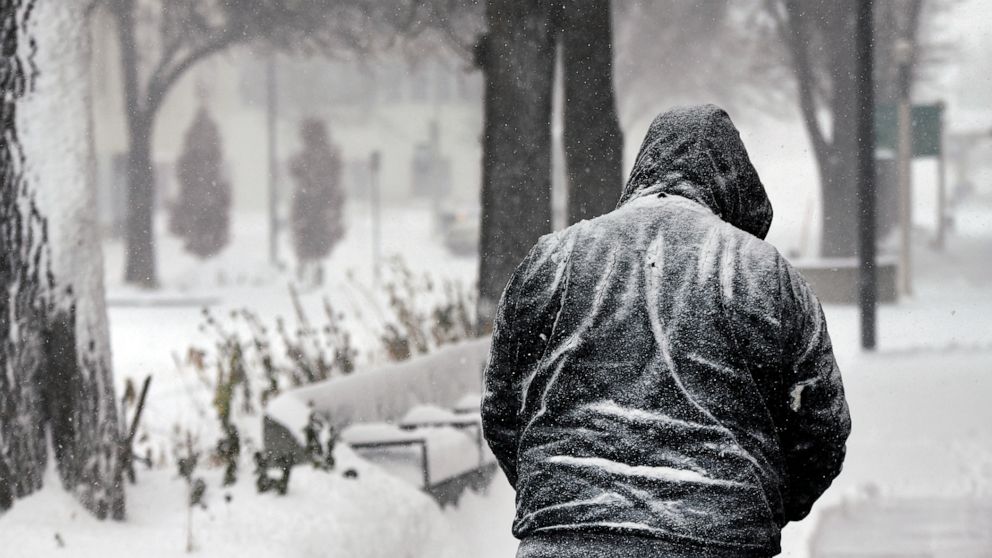

Cold winds blow, snowstorms are crossing the country, and most areas north of the mid-latitudes have experienced their first freezes. For example, much of the northern hemisphere is entrenched in winter weather by the first day in December. Astronomical dates will fall on different days depending on the year and keeping seasonal climate records based on those dates would be confusing and inaccurate.Ī second reason is that weather-wise, it makes more sense around the globe. Climatologists require set time periods to calculate averages and do seasonal comparisons over the years. The most important is for climate record-keeping.

There are a couple of very important reasons why this is the case. Meteorological winter begins December 1, spring begins March 1, summer begins June 1 and fall begins September 1. Meteorologists, however, observe seasons over different time periods. Most meteorologists will argue that winter has been well under way by then, and they have been enjoying at least three weeks- if not longer- of "winter" already. Many refer to Astronomical Winter generally as December 21 or 22, as the first "official" day of winter. The Vernal (Spring) Equinox is the day the sun is again highest in the sky at noon over the equator as the apex progresses northward. The days the sun is straight up at noon over the Tropic of Cancer and Capricorn (23.5 degrees N and S latitude, respectively) are the summer and winter solstices, respectively. Winter begins then because, astronomically-speaking, the sun will be directly overhead of the Tropic of Capricorn - the southern-most point the sun will be directly overhead during the year.Īs the earth orbits around the sun, at different times of the year the sun will be situated directly overhead at midday. Most people consider the first day of winter to be the Winter Solstice, which this year occurs December 21 at 4:48 p.m.


 0 kommentar(er)
0 kommentar(er)
